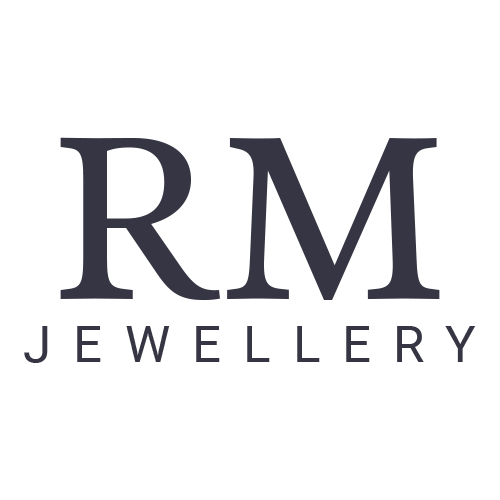Do you wonder whether the jewellery you've inherited from your Grandma has real diamonds or not? Read on to find out, but first let's see how it was done in the ITV drama Joan.
It's amazing how a chance encounter can land you in the middle of a TV show.
Well, maybe not me, but some of my diamonds at least!
A chance encounter
I just happened to be in a jewellery tool supply shop in Birmingham's Jewellery Quarter at the same time as a few production staff from ITV's Joan. At first I thought they might be new to the jewellery industry and needed help sourcing something. It turns out they did but for different reasons. They were looking for raw diamonds to feature in the show. It's not easy to find raw diamonds as most diamonds are cut abroad. There are very few diamonds cutters left in the UK. As luck would have it, I had purchased some raw uncut diamonds some months earlier, which I was able to supply on loan.

ITV drama Joan tells the story of a notorious jewel thief called Joan Hannington, played by Game of Thrones actress Sophie Turner. My diamonds weren't the ones she swallowed (phew - although no 'real' diamonds were used here!), but featured in episode 4. You can read the full story in an interview I gave with BirminghamLive. Pictured is one of the raw diamonds featured in the show. If you're a fan and would like to commission a piece of jewellery with one of two diamonds featured in the show get in touch.
Real or fake?
In the scene Joan is examining the diamonds and declares they are real. There are a few techniques she uses that jewellers use to determine whether diamonds are real or fake. However, the process Joan uses has had a healthy dose of TV adaptation.
Using a loupe
Joan examines the diamond through a loupe. A loupe is a small magnifying glass we use to examine gemstones, enabling us to see all its details at 10x magnification, such as the 'inclusion' she mentions in the scene. An 'inclusion' is an imperfection in a gemstone. It doesn't necessarily mean the diamond is 'real' but the nature of these inclusions can give us clues to help us determine what the stone is.
Joan also holds the diamond too far from the loupe for the perfect focal range, but that's a minor detail! Joan would also need a good gemstone lamp and a pair of tweezers to see properly - bit more like this:

UV light
During the show, the diamond is also examined under a UV light as a part of the tests. About a third of diamonds fluoresce under UV light. Many other gemstones also fluoresce. So if you go to a nightclub and your friend's engagement ring glows but yours doesn't - it's nothing to worry about.
Hardness
Diamonds are the hardest material known to (wo)man, so only another diamond can scratch a diamond. If your stone has any surface scratches on it, it's unlikely to be a diamond. See if you can spot the very subtle difference between the two pictures below. On the left is a real diamond. On the right is a cubic zirconia - a cheap stone often used to imitate a diamond.

Light refraction
Diamonds refract light a lot, which means when cut correctly they aren't very see-through. That's because the light 'bends' as it enters the diamond, reflects off the facets inside it and bounces out again. That's why diamonds look so sparkly. A cubic zirconia with a similar cut doesn't do that, which means if you place both stones on the black line, you can see how the diamond doesn't let you see the black line through it.

These are just a few ways that are helpful in telling whether or not a diamond is real or fake. However it takes experience and training. Do you have a gemstone you're unsure about? Contact Ruth to find out more about it.
Watch the show
Overall though, it was a great drama telling a compelling story. Sophie did a brilliant job portraying Joan. I'd recommend it!
Don't forget to keep an eye out for the pyramid-shaped uncut diamonds in episode 4 - they are mine!

